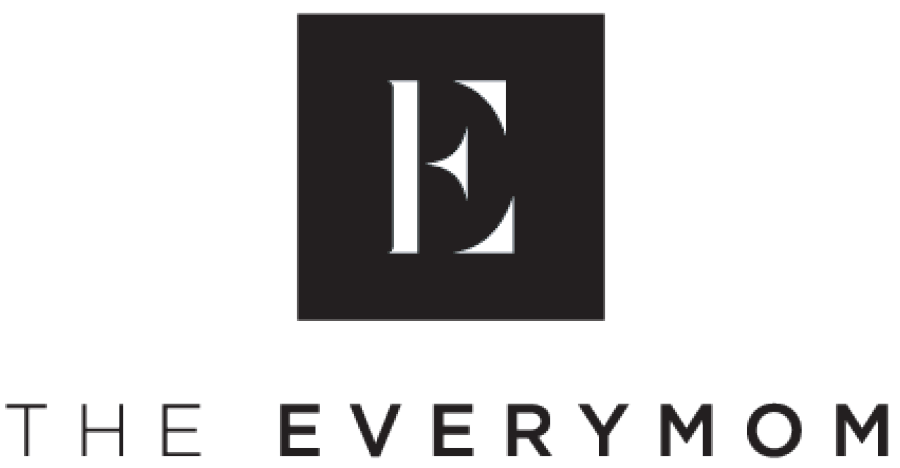In the world of relationships, there are many different ways people choose to connect with each other. One model of relationship that has been gaining attention is non-monogamy, which includes various forms of open relationships. But what does it mean to be in a non-monogamous or open relationship, and how do you know if it’s the right choice for you and your partner? In this blog, we’ll explore the basics of non-monogamy, its different types, the benefits and challenges, and how to determine whether this relationship style could work for you.
What Is Non-Monogamy?
Non-monogamy is a broad term that refers to any relationship structure where people have consensual sexual or romantic relationships with more than one person at the same time. It contrasts with monogamy, which typically refers to exclusive romantic or sexual relationships between two people.
Non-monogamous relationships can take many forms, each with its own unique rules and boundaries. The key element is that all parties involved are aware of and agree to the arrangement, and that communication and consent are central to the relationship.
Types of Non-Monogamy and Open Relationships
Non-monogamy is not a one-size-fits-all category. There are several different types, each with its own nuances and practices:
Open Relationships
This is the most commonly recognized form of non-monogamy. In an open relationship, one or both partners agree that they can engage in sexual or romantic encounters with other people outside of the primary relationship. The level of openness can vary depending on the couple’s agreements—some may only allow sexual encounters, while others may also allow emotional connections. Open relationships require clear communication and honesty to maintain trust and respect.
Polyamory
Polyamory is a form of consensual non-monogamy where people have multiple romantic relationships at the same time, with the knowledge and consent of everyone involved. Unlike open relationships, where the focus may primarily be on sexual connections with others, polyamory is more about forming deep emotional and romantic bonds with more than one person.
Swinging
Swinging typically involves couples who engage in sexual activities with other couples or individuals, often as part of a shared experience. This form of non-monogamy is more focused on sexual exploration and tends to emphasize physical experiences over emotional connections with others.
Relationship Anarchy
Relationship anarchy is a non-hierarchical approach to relationships where no one relationship is seen as more important than another. In this framework, people are free to form relationships based on mutual respect, consent, and desire, without being constrained by traditional labels or societal expectations.
Benefits of Non-Monogamy
While non-monogamy isn’t for everyone, it does offer some unique benefits for those who find it fulfilling. Here are a few reasons why some people opt for non-monogamous relationships:
Increased Sexual and Emotional Fulfillment
Non-monogamy can provide opportunities for sexual and emotional exploration that may not be met in a traditional monogamous relationship. People in non-monogamous relationships may experience greater sexual freedom or find that they connect with others in ways that expand their emotional intimacy.
Personal Growth and Freedom
Non-monogamous relationships can offer individuals a greater sense of autonomy and personal freedom. People may feel less pressured to meet all of their partner's needs, recognizing that different relationships can fulfill different aspects of their lives.
Diversity of Experiences
Being open to multiple relationships allows individuals to experience a range of people, dynamics, and lifestyles. Some people find that this variety enriches their personal and social lives, creating deeper connections and expanding their worldview.
Breaking Free from Societal Expectations
Non-monogamy can challenge traditional notions of relationship dynamics, allowing people to break free from cultural norms about what love, commitment, and partnership “should” look like. It can provide space to create a relationship structure that feels right for the individuals involved, rather than one that conforms to external pressures.
Challenges of Non-Monogamy
While non-monogamy offers many benefits, it also comes with its own set of challenges that require careful consideration. It’s essential to be aware of these potential obstacles before deciding if this relationship style is right for you:
Jealousy and Insecurity
Even in the most open and trusting relationships, feelings of jealousy and insecurity can arise. It’s important to be prepared to address these emotions honestly and openly with your partner(s). Developing emotional resilience and healthy coping strategies is crucial in non-monogamous relationships.
Communication Overload
Open communication is the cornerstone of any successful non-monogamous relationship. This means being transparent about your needs, desires, boundaries, and emotions. For some, maintaining constant communication with multiple partners can become emotionally taxing or overwhelming.
Time and Energy Management
Non-monogamous relationships can demand significant time and energy. Juggling multiple relationships requires careful scheduling and attention, which may feel difficult if one or more partners have busy lives.
Social Stigma and Judgment
Non-monogamous relationships are still often misunderstood or stigmatized in many societies. People in open relationships may face judgment or criticism from friends, family, or coworkers who adhere to more traditional relationship models.
Complexity in Boundaries
With multiple partners or connections, the lines between sexual and emotional boundaries can sometimes blur. It’s important to regularly check in with yourself and others to ensure that everyone is comfortable with the arrangements and that no one feels hurt or neglected.
Is Non-Monogamy Right for Us?
So, how do you know if non-monogamy or an open relationship is the right choice for you? Here are a few factors to consider:
Communication Skills
Are you and your partner(s) comfortable having open, honest, and sometimes difficult conversations about your needs, desires, and boundaries? Strong communication is the foundation of any successful non-monogamous arrangement.
Trust and Security
Non-monogamy requires a high level of trust. Are you able to trust your partner(s) and feel secure in your connection, even when they are involved with other people?
Emotional Resilience
Are you capable of managing your emotions—especially feelings of jealousy or insecurity—when they arise? Emotional maturity is essential in non-monogamous relationships.
Openness to New Experiences
Are you both open-minded and willing to experiment with different relationship dynamics? Non-monogamy may require you to step out of your comfort zone and embrace change.
Respect for Boundaries
Both you and your partner(s) need to be committed to respecting each other’s boundaries and creating agreements that work for everyone involved. Clear boundaries and mutual respect are key to maintaining healthy non-monogamous relationships.
If you and your partner(s) are aligned in your desires and values, non-monogamy can be a fulfilling and enriching experience. However, it’s important to remember that there’s no one “right” way to love or connect with others, and what works for one person or couple might not be the best choice for someone else.
TLDR
Non-monogamy and open relationships are alternative ways of experiencing romantic and sexual connections, and they offer a different kind of freedom and exploration that many people find fulfilling. However, they also require a high level of emotional intelligence, communication, and mutual respect to be successful. Before deciding whether non-monogamy is right for you, take the time to reflect on your values, desires, and relationship goals, and have open conversations with your partner(s) to ensure you are all on the same page.
Ultimately, the most important thing is to create a relationship dynamic that works for you and your partner(s)—whether that’s monogamy, non-monogamy, or something in between. Relationships are unique, and there is no one-size-fits-all model for success.
































